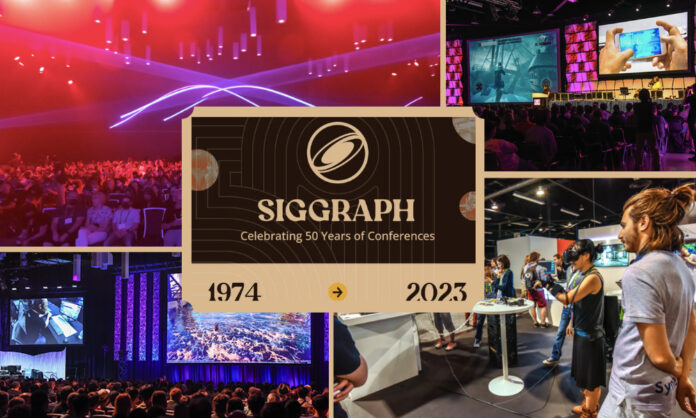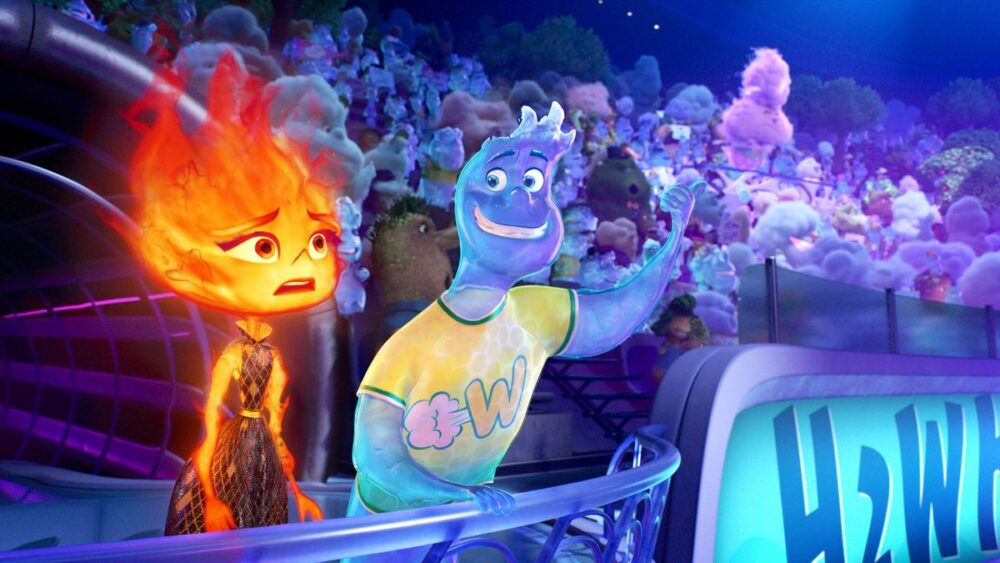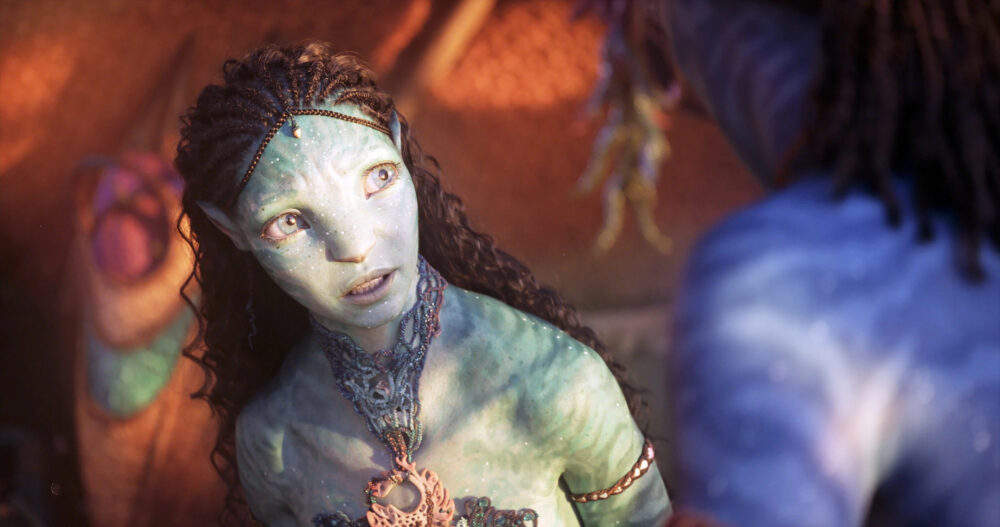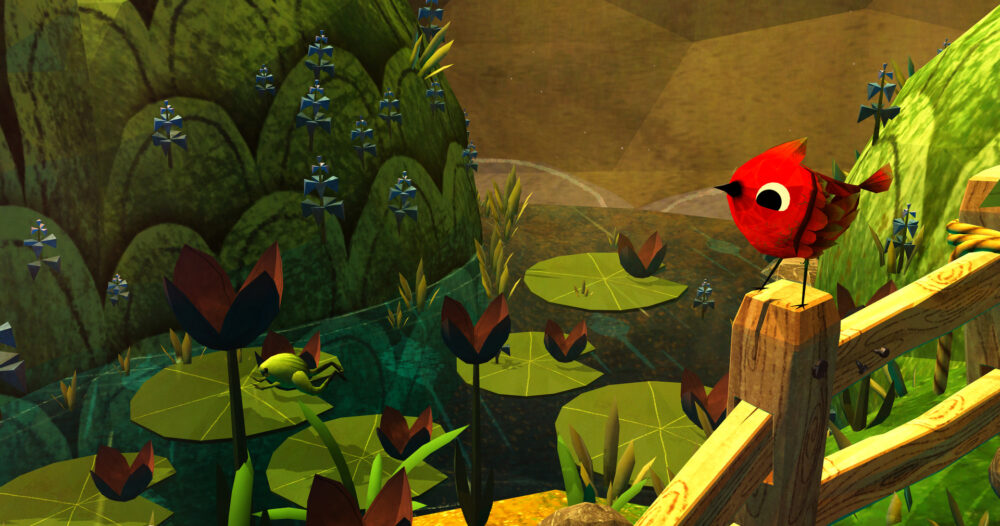|
Getting your Trinity Audio player ready...
|
[adrotate banner=”995″]
The ACM SIGGRAPH conference for computer graphics has long prided itself as the place where CG aficionados flock each summer to glimpse the future of their evolving medium. As Pixar co-founder Ed Catmull once observed, “It’s a conference where people say ‘Wow’ a lot.”
Attendees at the 2023 conference in Los Angeles (August 6-10) will be looking for the kind of eye-catching innovations they’ve come to expect, but they’ll be looking backwards too, as SIGGRAPH celebrates its 50th anniversary this year. To commemorate the milestone, there will be two ‘Best Of’-styled screenings: the juried Electronic Theater showcasing new work (always the hottest ticket), and a Retrospective Reel featuring a half-century of SIGGRAPH breakthroughs.

Looking Back in Wonder

“We started by identifying over 300 works that pioneers in the field considered seminal,” says Kalina Borkiewicz, this year’s Electronic Theater Director. Of course, fitting 50 years of CG into a 90-minute retrospective session entailed making some difficult editing choices, she notes. “We’ve budgeted in some break times, and there will be a discussion format where panelists can comment on the reel.”
This one-time, live event (it will not be streamed online) reveals how far the field has come — if measured only by the soft edges of early computer imagery that was preserved on film. Borkiewicz explains that some images in the show from 1974 are at 240p. “Some of it is abysmal. The challenge was to make a cohesive show out of pieces that range from 240p to 4K. That’s part of the magic.”
Notable among the famous work being celebrated at SIGGRAPH is the CG work created in the ’70s and ’80s by Dr. Jim Blinn, who animated the Voyager spacecraft fly-bys for NASA’s Jet Propulsion Laboratory. Blinn, a CG software legend who contributed to Carl Sagan’s famed Cosmos TV series, plans to participate in SIGGRAPH this year.
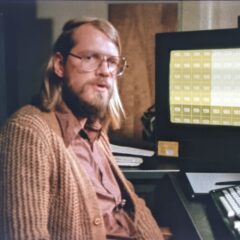
“What we could do back at that time was fairly crude and stylized,” says Blinn of the early work being celebrated at the confab this year. “We shot on 16mm film, and most people saw it on NTSC video. I was once asked to send someone a high-def version. But there is no high-def version! I’m trying to get the original films digitized so it’s of decent quality.”
Blinn, who’s attended SIGGRAPH since the beginning — and delivered the conference’s 25th Anniversary Keynote address — remembers the era before a polished Electronic Theater was even imaginable. With so little presentable CG being accomplished back then, he laughs, “It was more like Open Projector Night.”
But his JPL/Voyager animation, which Blinn calls ‘a harbinger,’ captivated TV viewers by flying through Saturn’s rings, and it garnered valuable media exposure for the emerging field of computer animation. JPL’s locale at Caltech in Southern California also regularly attracted Hollywood filmmakers to see Blinn’s demos, fueling entertainment industry interest. And, Blinn kept delivering animated shorts to SIGGRAPH, using CG to explain complex scientific ideas in clear and often witty ways.
His belief that CG is a powerful educational tool has only grown, especially for a self-described YouTube addict like Blinn. When he attends the Electronic Theater at SIGGRAPH 2023, he’s keen to see the selections that represent the latest in scientific visualization. Three Sci Viz selections were chosen for this year’s show, but unlike the vintage outer space animations shown at SIGGRAPH in years past, these modern animations explore biological complexities that once were the domain of electron microscopes.
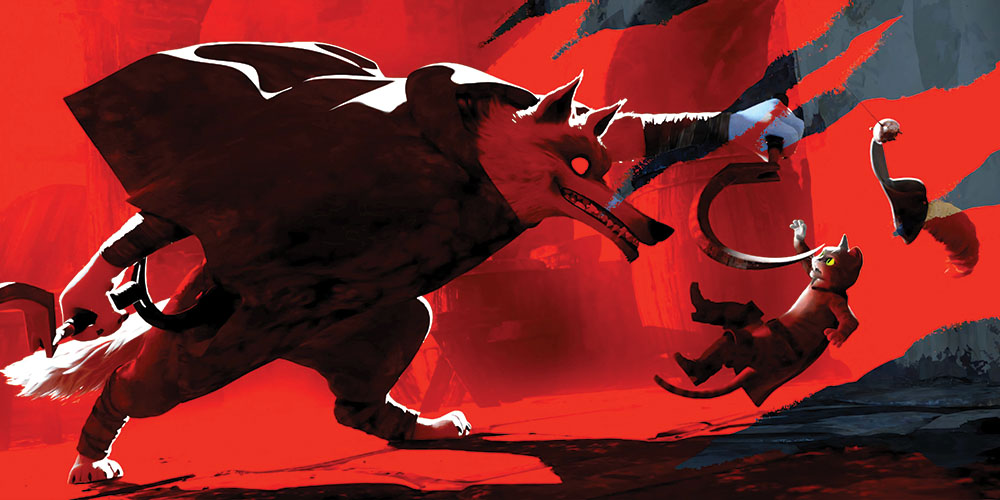
Scientific Wizardry
“This year’s scientific visualization pieces are all biomedical,” notes Borkiewicz, whose ‘day job’ happens to be director of the visualization program office at the National Center for Supercomputing at the University of Illinois Urbana-Champaign. Data-driven animation is her specialty, and her work has been seen in the IMAX film, A Beautiful Planet. (Her predecessor, Donna Cox, also collaborated with CG filmmakers back in the day, so she’s building on a significant history.)
“We saw a big spike in scientific visualization submissions this year,” says Borkiewicz. “That was unexpected, and I was surprised.” She speculates that the increase might be driven by public interest in understanding the COVID virus, which was widely depicted in the media through CG animation. Whatever the impetus, Borkiewicz thinks the result has been a blurring of the line between scientific visualization and sophisticated cinematic simulations. Unlike the stripped-down CAD/CAM imagery of early Electronic Theater shows, today’s scientific visualizations boast a much more professional polish.
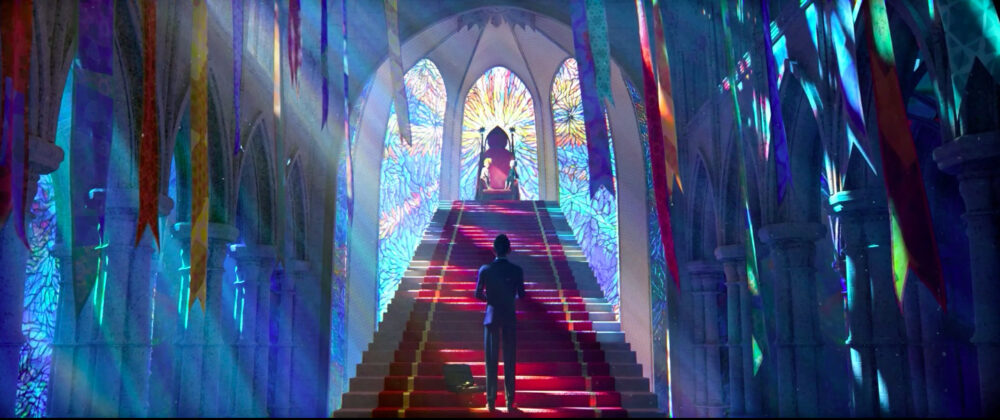
Borkiewicz credits the diversity of her Electronic Theater jury with the variety of the 22 pieces culled from over 300 submissions. “I did make an effort to have a jury representing different backgrounds,” she says of her nine-person panel. The jurors brought expertise from distinct areas of CG — including digital visual effects (with jurists from ILM, Framestore and Wētā-Unity), computer-animated features (DreamWorks Animation), television animation (Deluxe), animated commercials (Buck Design and Hornet), game production (Blizzard Entertainment) and scientific visualization (NASA).
Their selections represent a thoroughly modern mix of high-end professional productions alongside an international array of student animated shorts. “The student work is out of this world,” raves Borkiewicz. “Nine of the 22 pieces in the Electronic Theater are by students, including a Best in Show.” The student selections reflect the sophisticated animation programs at France’s École MoPA, ESMA, Supinfocom and École des Nouvelles Images, as well as Germany’s Filmakademie Baden-Württemberg and Ringling College of Art and Design in Florida.
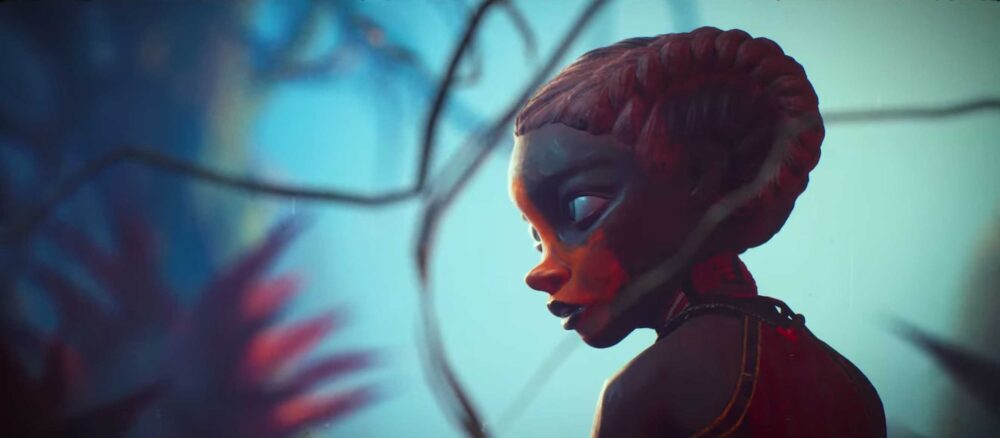
Student short films have traditionally benefitted enormously from being screened in the Electronic Theater — and winning now qualifies a filmmaker to compete for an Academy Award. The level of quality among student films is more accomplished than ever, observes Borkiewicz. “It’s getting harder and harder to tell if something is student work.”
This year’s jury, in fact, faced a split decision in their votes for Best in Show, and one co-winner was the student graduation film La Diplomatie de l’Éclipse (The Diplomacy of the Eclipse) from MoPA students Clémence Bailly, Selim Lallaoui, César Luton, Axel Mechin and Achille Pasquier. It tied with The Voice in the Hollow, Miguel Ortega and Tran Ma’s striking African tale of betrayal, with voice actors speaking Swahili. The 10-minute drama, created by feature film VFX veterans who now teach at Gnomon School of Visual Effects in Los Angeles, was achieved with a small crew using Unreal Engine.
However, the fact that real-time tools are part of the contemporary animation toolkit is less striking than it might have seemed not long ago. As Borkiewicz remarks, “It’s now so normal that people are not pointing it out.” Whichever animation route filmmakers have followed to arrive on Electronic Theater’s playlist this year, their work will be seen on the big screen in a better light than ever before. “This is the first SIGGRAPH,” says Borkiewicz,” where the Electronic Theater will be projected in 4K.”
Watching from the audience, Jim Blinn will undoubtedly appreciate how far the CG field has come since the era of “Open Projector Night.” “There’s so much incredibly good stuff in animated movies now,” says the man whose software ideas led directly to the surface textures in Pixar’s Toy Story. “We’ve gotten to the point where the visuals — while not easy to do — are more available to more people. There are standardized tools that people can access. So, what’s more important now than ever, is coming up with an interesting story to tell.”
For more information and to register for the event, visit s2023.siggraph.org.




